Living room tiles: advantages, disadvantages and beautiful examples
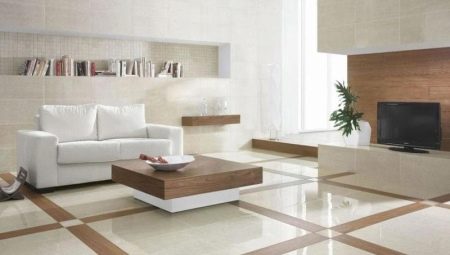
When it comes to the use of such a finishing material as tiles, most consumers immediately think of rooms with traditionally high humidity - the kitchen and the bathroom. The majority of our compatriots do not associate such material with the living room, but, oddly enough, this is one of the new fashion trends that is rapidly gaining popularity. If you predictably doubt, it is worth considering this option in more detail in order to form a reasoned own opinion.
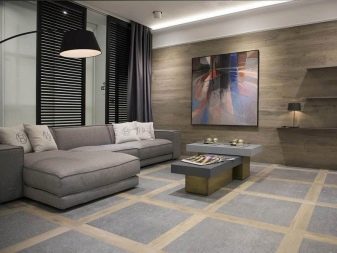
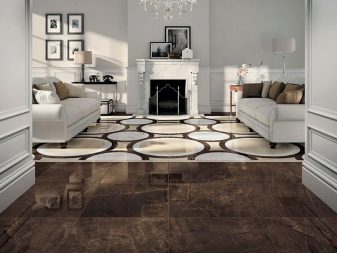
Advantages and disadvantages
Living room tiles seem odd simply because almost no one is using them there at the moment, but that doesn't mean they aren't suitable for such needs. It has a lot of advantages, and here are only the main ones:
- the modern assortment of types of tiles is so wide that visually it can look literally anything, therefore, even in the hall, such a finish will seem appropriate;
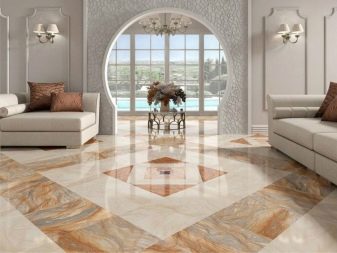
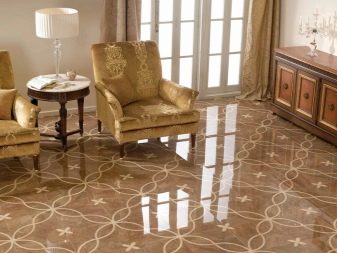
- the tile is distinguished by significant strength, and therefore it should be used at least in the context of durability and reliability;

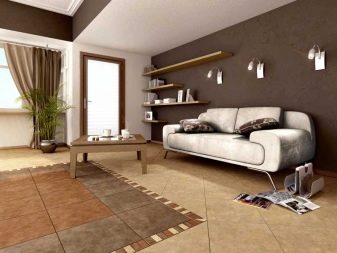
- if you love real classic interiors, then you cannot do without a fireplace in your living room, and in fact, significant heating of the walls does not allow almost any other finish, except for tiled;

- ceramics are rightly considered one of the simplest types of finishes in terms of cleaning, any dirt can be easily removed from its surface, since they simply cannot be absorbed.
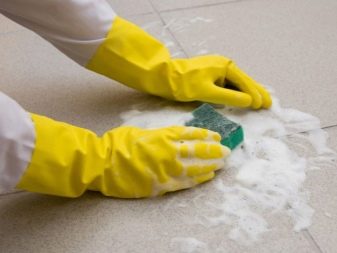
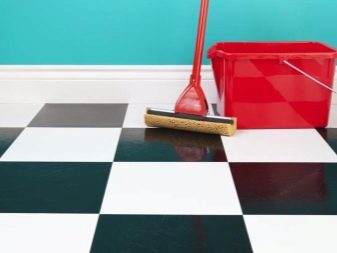
Of course, not everything is so perfect - it’s not for nothing that you rarely manage to find a tiled finish in the hall. Disadvantages of tiles, as well as their advantages, are on the surface:
- the tile is unable to store heat, it cools down quickly and makes the whole room cold, therefore, without a pre-installed floor heating system, you will simply be uncomfortable in your own apartment;
- the surface of tiles in a glossy design is often slippery, and if you lay it on the floor, it is worth remembering that for children and the elderly, such a coating presents an increased risk of injury;
- tile cannot be counted among cheap finishing materials, and although once a repair made can last for decades, you first need to get enough funds for its implementation;
- Unlike many other finishing materials, it is relatively rarely advised to install tiles on your own - for the durability of the result, a certain experience is desirable, which only qualified specialists have, and these are additional costs.
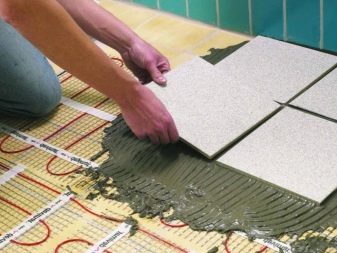

Review of materials
There are many types of tiles, but even in the living room, you can use different varieties of it. Each of them has its own advantages and disadvantages, so it is worth considering them in more detail.
- Ceramic tiles are the most common; they are also called tiles. This is a purely natural product made from a mixture of sand, clay and some minerals. From above, the product is covered with a special glaze, thanks to which the surface can be given any texture and pattern.
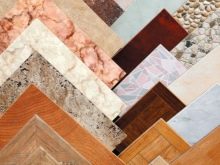
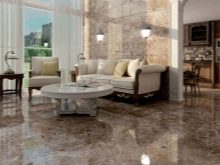
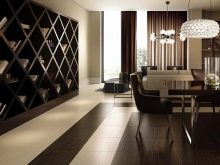
- Porcelain stoneware is a ceramic crumb, which is pressed together with granite or marble chips under high pressure at high temperature. The result is a very strong and durable tile that is not afraid of almost anything. Like tiles, porcelain stoneware is covered with glaze, thanks to which it can have a decorative design.

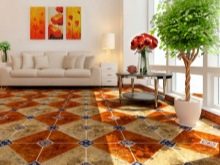
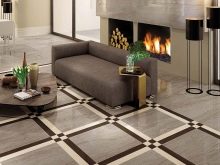
- Gypsum tiles also made from natural raw materials, which gave it its name. The key difference from competitors is its insignificant weight, which makes it possible to mount it even on the ceiling. In the design sense, it looks very aesthetically pleasing, since it believably imitates natural stone or brick, but this finish has enough drawbacks. So, it is afraid of both mechanical stress and moisture, and also accumulates dust without being smooth.
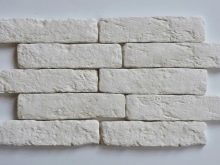
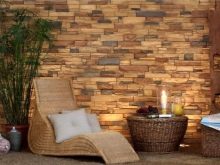
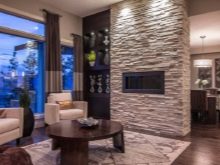
- Clinker tiles, in fact, strongly resembles ordinary ceramics, but in this case the composition is somewhat improved, which makes the product more durable.

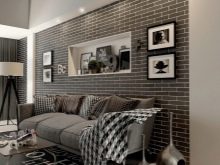
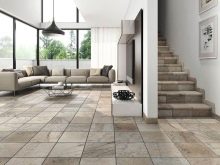
Color palette
Modern manufacturers offer tiles of almost any color, but it is important to use it wisely, skillfully fitting it into the design of the living room. Most often, consumers choose shades of the achromatic scale, but even with them one should be careful. So, white, beige or gray tiles are unlikely to spoil any design, they are more or less appropriate in most styles, but black can make the space heavier, which is why the room is perceived worse.
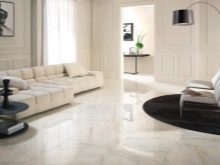
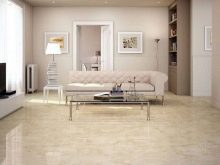
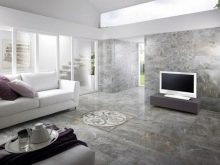
For the floor, this is, in general, an almost murderous decision, because it is most susceptible to mechanical stress and dirt, and it is on a black background that dirt and defects are most clearly visible.
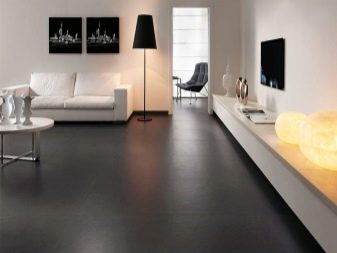
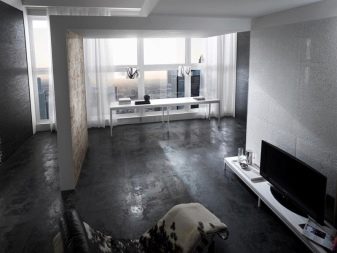
Recently, the laying of terracotta tiles on the floor of the living room in a country house has become a kind of squeak of fashion. - it looks very authentic and perfectly conveys the atmosphere of rustic comfort. But you can and even need to use bright colors, but with a certain degree of caution - such colorful spots load the color scheme of the room enough, therefore everything else is usually purposefully selected in neutral shades.

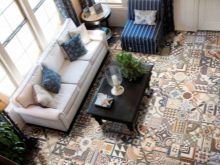
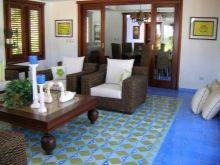
Laying tiles in a living room usually involves a complete renovation of the entire room, and if you decide to dilute the design with tiles, but do not know how to choose it, contact a consultant in the store to show you the companion materials.
This is the answer of modern manufacturers to the uncertainty of buyers in their design abilities - different materials have already been selected so that they look great together.
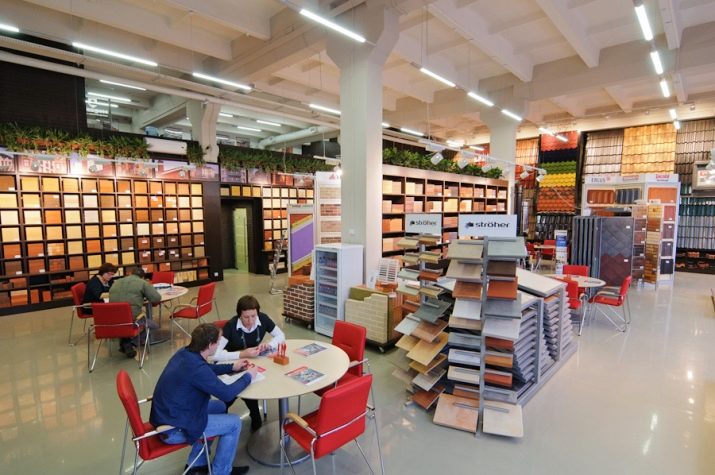
Design
The key feature of modern tiles is at least the fact that they can look literally anything - you may not always be able to immediately understand what kind of material is in front of you. Such a trick is good if you want to use the advantages of two materials in the interior at once, one of which is tile, and for some reason you cannot afford the second.
So, on the fly, you cannot determine which imitation is the most fashionable today. To visually enlarge the space and make the entire living room airy, mirror tiles are used that perfectly reflect light.
Connoisseurs of classics with a good old fireplace want so much more wooden objects that are contraindicated for fire safety - it does not matter either, there is a tile imitating a tree.
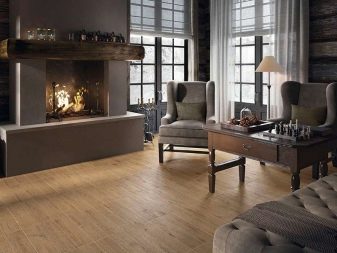
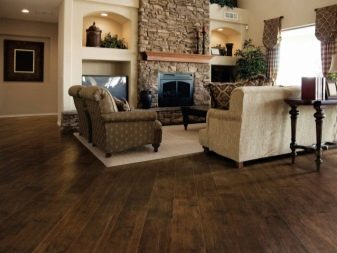
If you've always appreciated the austerity and solidity of stone buildings, you might like the typical loft stone look tiles.
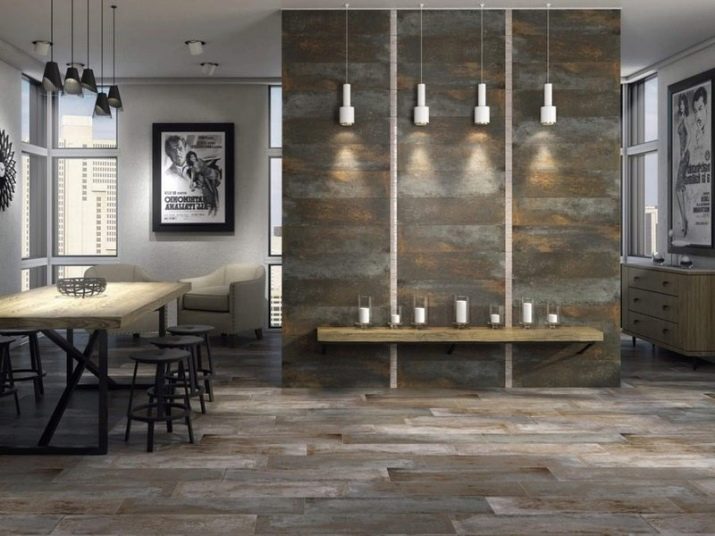
Paradoxically, there is even a tile for the floor that mimics the characteristic carpet patterns.
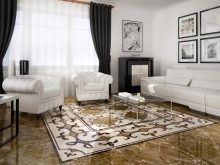

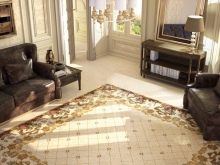
Finishing options
In order for the tiles in the living room to look not only appropriate, but also aesthetically attractive, it is important not only to choose the right material itself, but also to use it wisely, adding the tiles to the interior so that the solution looks unique.
A striking example is the same wall mirror tiles, which almost never cover the entire wall at once. Instead, a large "mirror" is laid out of it, which, upon a fleeting inspection from a distance, may seem like a somewhat strange doorway. This is a very useful solution for cramped and not too well-lit living rooms, as it solves both of these problems at once. Theoretically, the issue could be solved with the help of an ordinary large mirror, but the version with the tiles on the wall looks more original, and the durability, apparently, is more believable.

For avid connoisseurs of country style, the patchwork technique, whose name can be roughly translated as "patchwork quilt", should be of particular interest.
With this design, tiles of different colors and even textures are mixed on one common surface, often without any hint of a thoughtful drawing.
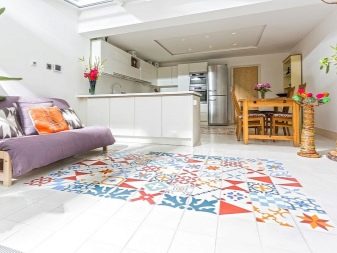
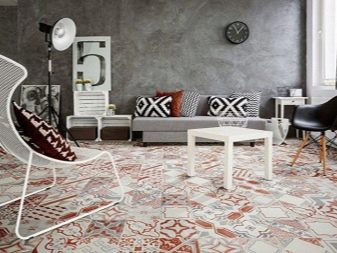
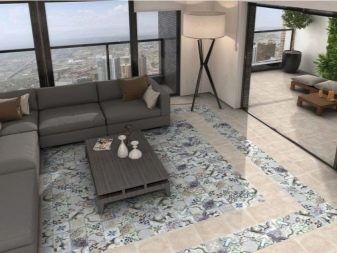
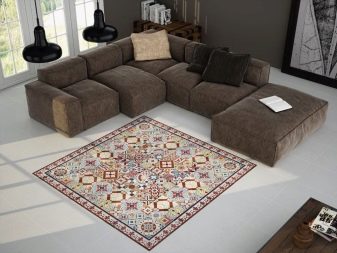
This is a top solution for the same fireplace, under which you can "lay" a patchwork "rug" of tiles on the floor, while the present, of course, is out of the question.
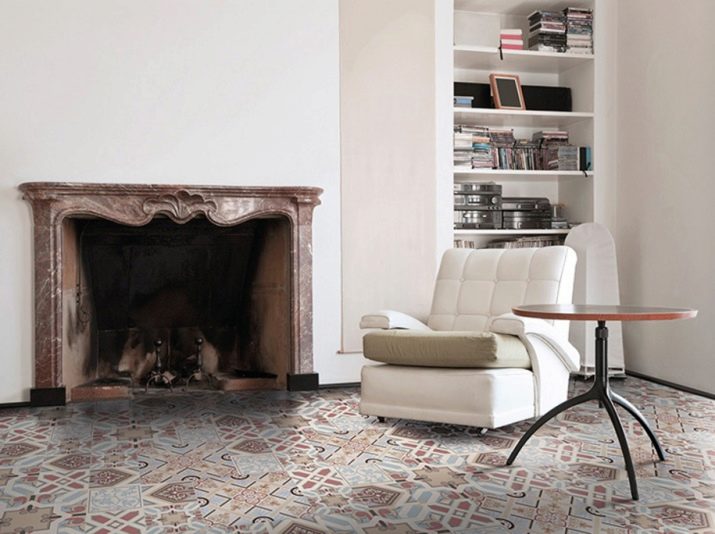
It is not so much the color of the tile that can make the living room more original, but its atypical shape. Ditching traditional squares or rectangles in favor of hexagonal honeycomb, you automatically create a special atmosphere in the room, making it unusual. For such experiments, floor tiles are most often used - it is they who are usually produced in the "wrong" design.
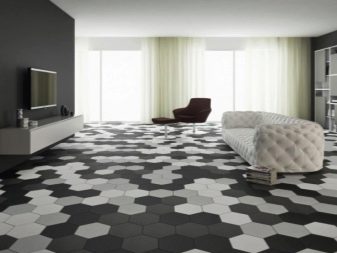
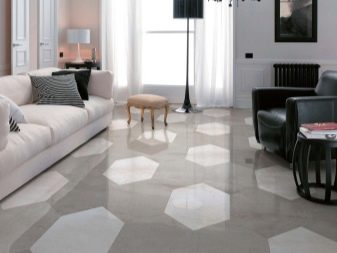
Tiles imitating natural stone often have more than just the corresponding color, but also a characteristic relief texture, indeed, similar to an untreated stone surface. This finish is used by those owners who want to bring a certain touch of severity to the design of their living room. Often, such tiles are not laid out along the entire wall, but only they border door and window openings, which automatically turns an ordinary apartment into a gothic medieval castle.
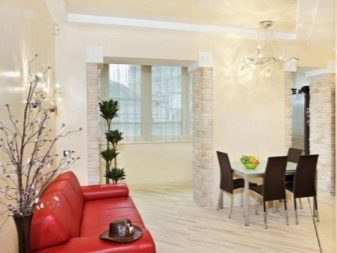

Reviews
Before deciding to take a slightly desperate step, many living room owners would prefer to first familiarize themselves with the experience of those who have already done the unprecedented trick - used tiles to clad the living room. It should be noted that the comments are mostly positive, and in many negative reviews you can see the fault of the author himself, who chose the wrong tile or failed to fit it into the interior design.
The overwhelming majority of users note that it is possible and even necessary to use tiles in the living room, but not in large quantities. It is often written that on the walls such a solution, even in small quantities, looks rather strange, therefore you should not abuse it - it is better to lay out only the floor with tiles, which does not get worse from this.
At the same time, it is highly advisable to install a floor heating system, otherwise in winter you will hardly be very happy about the inability to walk barefoot.
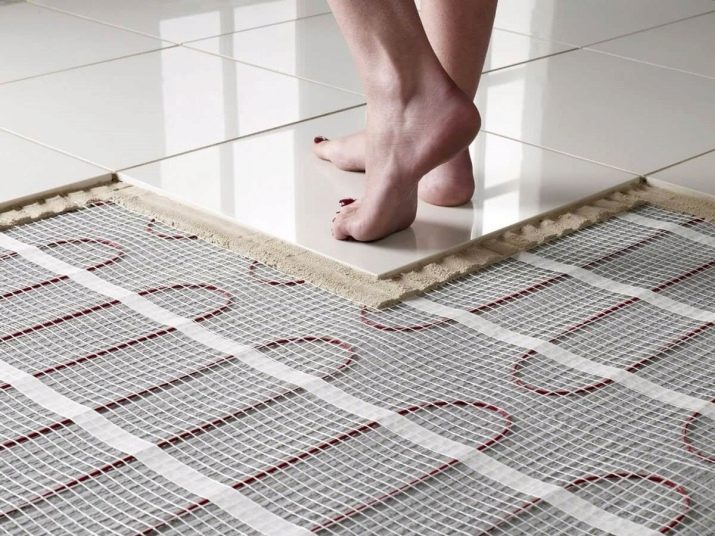
Theoretically, the cold tile could be covered with carpets, but then the question arises why, in general, it was necessary to do such a decoration, which then will have to be additionally hidden. At the same time, the potential danger lies in another thing - you should not lay glossy tiles in those houses where there are children or old people, because the tile turns out to be quite slippery and can cause injury.
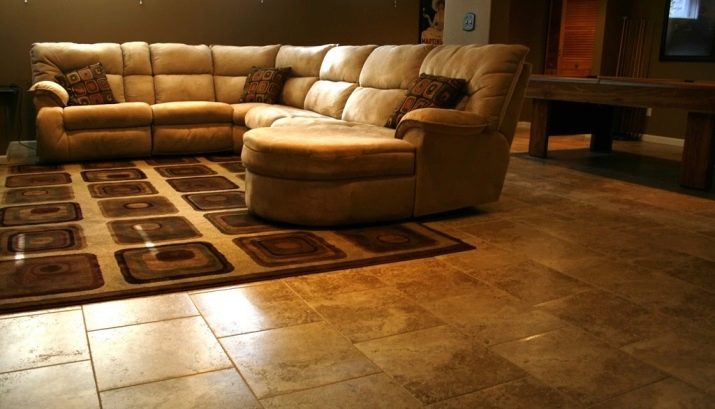
Beautiful examples
Many owners are simply afraid to use tiles in the interior of the living room, since they are supposedly too cold. However, the tiles, selected in white and gray tones, are perfectly combined with the Scandinavian style and look stylish in their own way. To dilute the boring design, one could add more natural greenery or natural wood, as well as bright accents to the interior, but it is hardly hot there even in the height of summer.
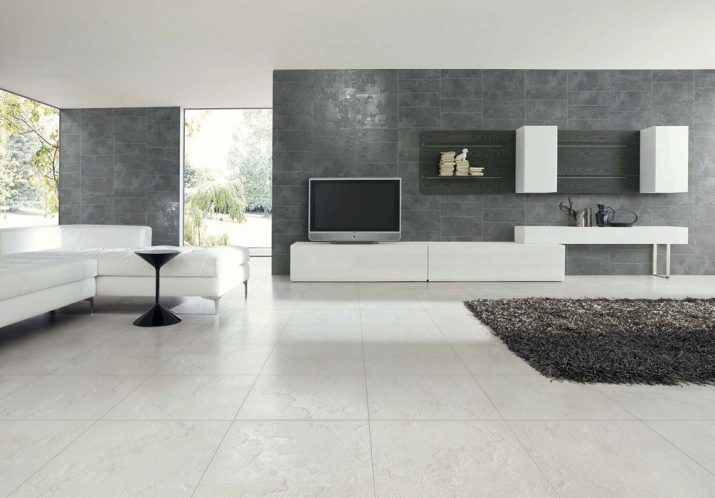
If you have always dreamed of a cozy carpet on the floor in the living room, but cannot afford it due to the fact that a pet dog with dirty paws often walks around the country house, then the tile will solve all your problems.
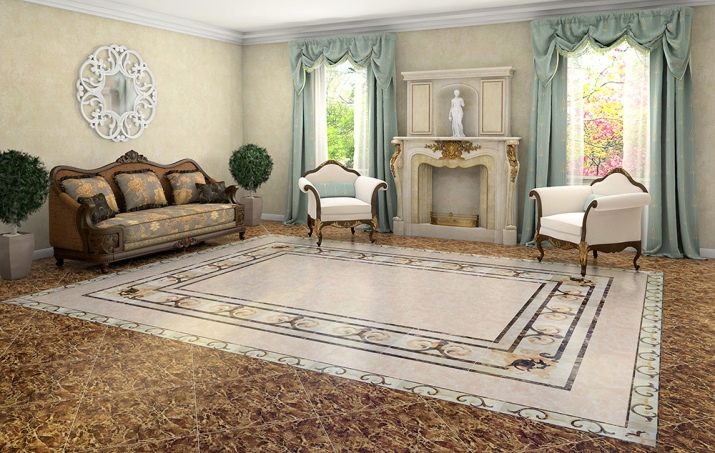
No, she, of course, will not wash the dog's paws, but it will provide the much-desired "carpet". does not require regular laborious cleaning.
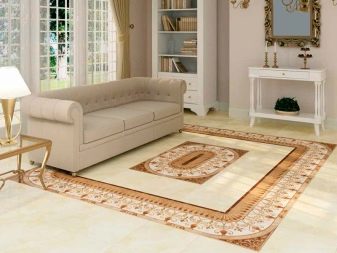
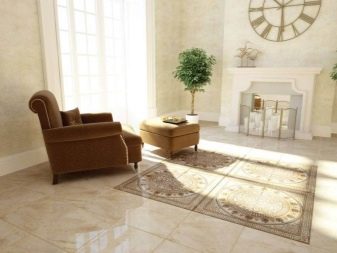
If the aesthetics of the stone dungeon does not scare you at all, you may not even try to limit yourself to tiles only - you can completely decorate the room with it. It will turn out, of course, for an amateur, and someone frankly will not like such a design, but if a loft can be considered a popular style, why such a design has no right to exist.
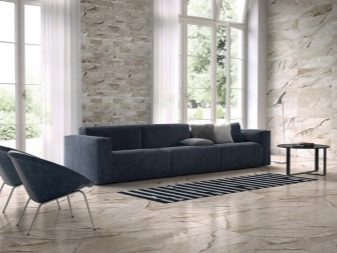
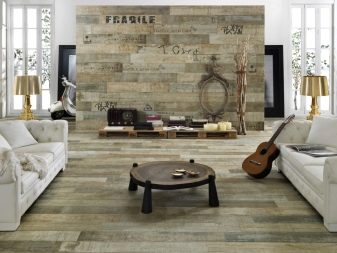
Laying floor tiles with your own hands in the video below.








